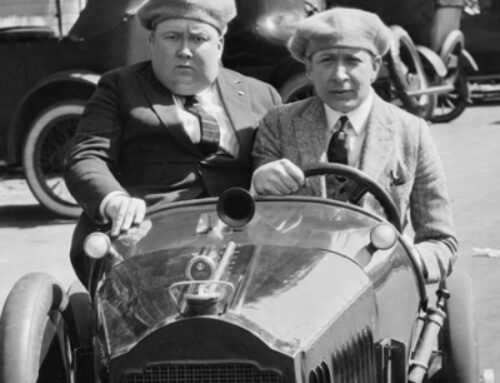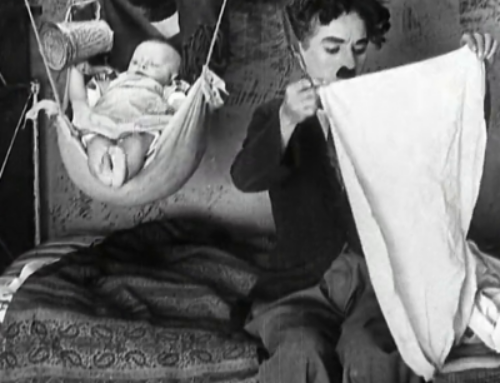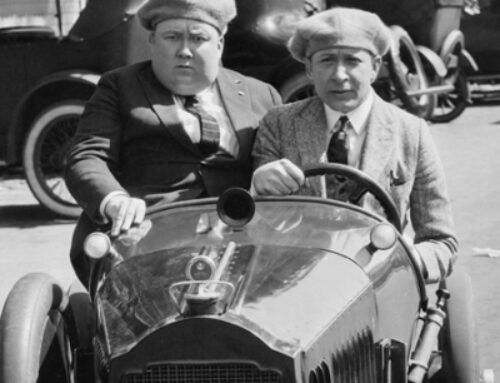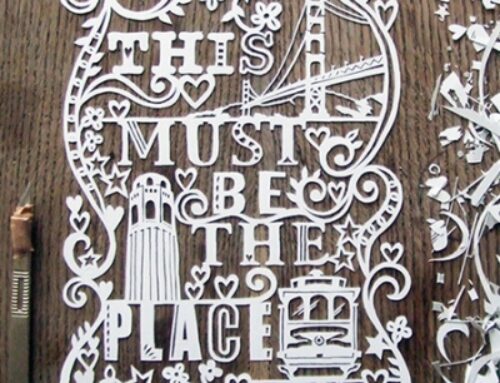The effects that the European Landscape Convention (2000) is progressively generating in the policies of local authorities, to promote participatory actions, attention to community spaces and resources, and the formation of extended networks of use.
To respond to the specific theme of the conference: what is the landscape for? it is worth bringing an example of a local strategic plan, in which the role of the landscape emerges in all its functionality for the project.
It is a 2006 work for a small municipality about 40 km from Barcelona. Strategic plans originated within the economic, business world and then transferred to spatial planning, however most plans have taken economic development as their main reference factor.
At the beginning of the 1990s, large urban areas developed strategic plans that then spread as useful tools at the local level. However, one cannot compare a strategic plan developed for a city such as Barcelona that has almost 3 million inhabitants with a small municipality that today does not reach 15,000 inhabitants.
In addition, the municipality presented here, Corvera, is located in a mountainous region. Catalan law prohibits building on slopes greater than 20 per cent, and a large part of Corvera’s territory has a steeper slope. However, since 1990, the settlement has experienced significant growth, due to metropolitan migration, the search for an imagined quality of life, much in relation to landscape values. Today, most of Corbera is affected by diffuse, low-density urbanisation processes; there is an original historic urban core, to which 30 recent, low-density settled cores have been added.
While Corbera was initially known for the very high landscape value of its mountainous territory, today, as a result of massive building, it has lost much of that value.
For the strategic plan, exact knowledge of the territory was the first fundamental element; the work of getting to know the territory lasted more than a year due to the difficulty of finding data, which had to have a high level of detail. For example, the pools of Corvera were surveyed, the density of which is very high (an indication of not collective but individual living). In addition to the territory, the socio-economic characteristics of the population were investigated, as well as a pattern of evolution according to the trends observed.
After the exhaustive analysis of the territory, the future of Corbera was questioned, choosing not to identify a model of industrial development, which was discarded by the inhabiting population, but on the contrary to focus on the value of the landscape, which is currently undervalued.
So what is the landscape good for? Corbera used it to think urban planning anew, to give guidelines for civil protection, mobility policy, social policy, environmental enhancement, individual and collective identity with place.
The plan is aimed at transforming the consumers of the area into inhabitants, who live that place and feel part of it, and then move on to work for the social cohesion of these inhabitants.
Where to start to build the pleasure of inhabiting that place, what has been done to achieve this goal? Firstly, the distribution of the settlement: people seek the value of the landscape, as witnessed by all the dwellings built on steep slopes, and the existing urban plan favoured the settlement of a part of the land, which, if it had been implemented, would have destroyed the wishes of all those who had come to Corbera to seek the landscape.
So other areas must be sought for settlement, obviously only if necessary. In order to identify them, the land cover has been analysed, especially in relation to the issue of civil protection, because living in such a place is a pleasure but it is also a risk: for example, it used to be a wine-growing landscape but today it is entirely wooded, and the forest is highly flammable. In Spain, civil protection is set up not for prevention but always in terms of emergency: you wait for the event. Corbera cannot wait for the emergency because it would be a catastrophe, so the emergency must be anticipated; the forest lacks civil protection planning, it is degraded, it is combustible, it is not managed. In these terms, is quality landscape or safety first? They are linked, and the strategic plan attempts to achieve a quality result for one and the other parameter.
On the other hand, in Catalonia there is a lack of planning for social infrastructure, for social policies (schools, hospitals, social services, … ), we always think in terms of concentrated demand, which in the city has its own logic, but in Corbera it is obviously lacking, because the built-up area is more diffuse, you cannot concentrate everything in the centre (it would form a continuous traffic jam).
Therefore, the municipality’s road structure was analysed and compared with the residential development model and daily commuting practices, and it became clear that the recent road system tends to concentrate flows at overloaded points. Therefore, the idea was to recover the network of neighbourhood roads: this means recovering the landscape but also structuring the territory, making it more accessible; if the network of paths is strengthened, it is possible to structure the road system for alternative routes without being constrained by obligatory routes. All these choices were made with the involvement of the citizens, who nevertheless claimed that they did not want to asphalt the paths, because it would destroy the landscape even more. But why asphalt the paths? There are also other alternative ways to make a path carriageable.
A very thorough analysis of the hydrographic network has also been done: these are networks that structure the territory, mainly used in the summer, but in the winter they become a problem with rain and floods; here again, the project serves not only to restore the landscape but also to make the territory safer.
Planning in Catalonia has focused on urban concentration and its infrastructures, ignoring the remaining territory; but first we need to think about what is not densely urbanised, the landscape, where man’s intervention has been limited to a few paths and a few interventions, where in any case a strong planning indication is indispensable.
In fact, the territory continues to transform, it has always transformed, it cannot be frozen, and so we need to understand how it transforms: the landscape helps us to read the territorial support in order to be able to subsequently plan it. If we know how to read the landscape we can have a quality territory and we can enjoy the pleasure of living. We must be careful not to destroy the landscape but to enhance it, as a narrative, a tale, not as an end.
When it came to making the strategic plan, we could not talk to the majority of citizens in terms of the urban plan: one day we tried to talk about the landscape, and people began to understand: the comprehensible narrative must not refer to urban units but to the changing landscape that everyone knows in some way.
Oriol Porcel
geographer, Catalan, director of Recep-Enalc (European Network of Local and Regional Authorities for the Implementation of the European Landscape Convention)




